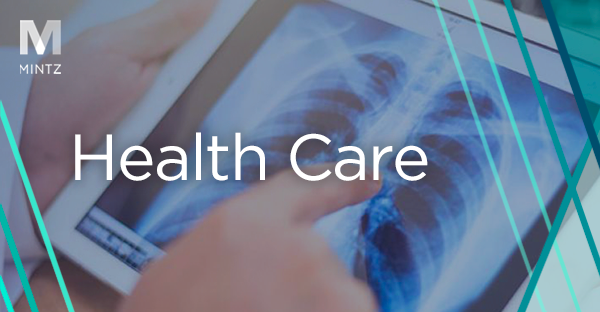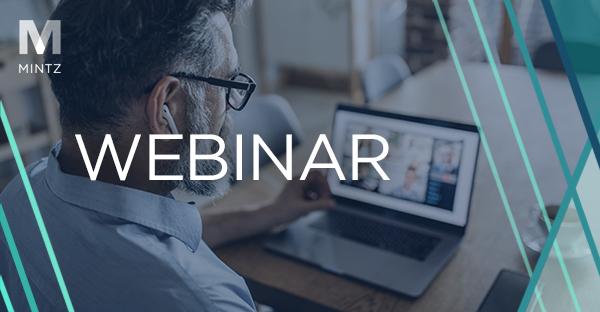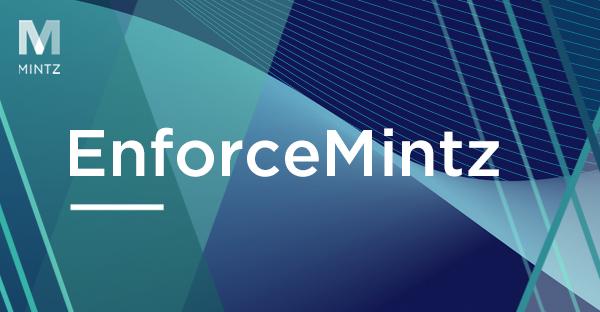Health Care Fraud Enforcement Developments: the 2025 Takedown and a “New” False Claims Act Working Group
This year’s National Health Care Fraud Takedown (Takedown) announced recently by the Department of Justice was touted by the Department of Justice (DOJ) as the largest to date, involving over $14.6 billion in “intended loss” and 324 defendants charged. The Takedown reinforces the Trump administration’s commitment to prioritizing health care fraud enforcement, highlights the “significant return on investment” these efforts yield, and repeatedly emphasizes the imperative to prevent fraud before it starts.
Takedown: By the Numbers
To date, the government has:
- seized over $245 million in cash, luxury vehicles, cryptocurrency, and other assets,
- blocked reimbursement for over $4 billion claims,
- brought civil charges against 20 defendants for alleged fraud totaling $14.2 million,
- settled civil claims against 106 defendants totaling $34.3 million, and
- brought criminal charges against 324 defendants, including 96 medical professionals.
The $14.6 billion figure reflects the total intended fraud loss charged. Since 2018, DOJ’s method for calculating the “total fraud” has evolved. Initially, the government computed the total fraud based on false billings but then transitioned to measuring actual loss. This year DOJ has focused on the total intended fraud loss, which is not an indicator of actual total losses because it includes claims not actually paid.
Familiar Themes
Consistent with past administrations, DOJ’s latest takedown focuses heavily on criminal charges against individual health care professionals but also details civil charges and Centers for Medicare and Medicaid Services (CMS) administrative actions, such as billing suspensions and revocations.
As with past actions, the Takedown addresses fraud related to familiar topics, including opioids; telemedicine, genetic testing, durable medical equipment, and COVID-19; and health care fraud schemes involving medically unnecessary testing or kickback arrangements.
Also in line with prior enforcement efforts, DOJ emphasized its use of advanced data analytics, particularly in connection with its detection of anomalous billing associated with Operation Gold Rush, as described further below.
Finally, the press release describes a “whole-of-government approach,” which refers to coordination with other agencies, including the Department of Health and Human Services, Office of Inspector General (HHS-OIG), CMS, Federal Bureau of Investigation (FBI), and Drug Enforcement Administration (DEA). Although, the press release ties inter-agency cooperation efforts back to the 2025 Executive Order Stopping Waste, Fraud, and Abuse by Eliminating Information Silos, inter-agency collaboration has long been a staple of health care fraud enforcement, including with past takedowns.
Evolving Fraud Enforcement Priorities
Consistent with a DOJ memorandum issued earlier this year that detailed a shift toward prioritizing pursuit of criminal cartels and transnational criminal organizations (TCOs), DOJ announced Operation Gold Rush, which involved charges against 29 defendants associated with TCOs. According to the Takedown press release, Operation Gold Rush targeted fraud schemes involving over $12 billion in fraudulent claims – the largest loss amount ever charged in a health care fraud case brought by DOJ.
Another action detailed in the Takedown press release involved foreign actors who generated audio recordings using artificial intelligence that purported to reflect Medicare beneficiaries’ consent to receive products. The defendants sold these recordings, along with stolen Medicare beneficiary data, to labs and durable medical equipment companies, which, in turn, relied upon the recordings to support allegedly false claims to Medicare.
Finally, the press release also described $1.1 billion in fraudulent claims arising from amniotic wound grafts. The focus on wound care seems new, but the targets of the fraud – elderly patients – and the nature of the scheme – billing for medically unnecessary testing – are familiar enforcement grounds.
A “New” False Claims Act Working Group
As discussed in our Health Care Enforcement Report in 2021, the Department of Health & Human Services (HHS) announced in December 2020 (in a press release that DOJ has since removed) the creation of a “False Claims Act Working Group” intended to enhance the partnership between DOJ, HHS, and HHS-OIG to combat fraud and abuse by identifying and focusing resources on such efforts. While not much seems to have come from that 2020 initiative, DOJ announced on the heels of the Takedown a False Claims Act Working Group that seems to share the objectives of the 2020 initiative. The press release details the members of the group and priority enforcement areas, which include:
- Medicare Advantage;
- drug, device or biologics pricing, including arrangements for discounts, rebates, service fees, and formulary placement and price reporting;
- barriers to patient access to care, including violations of network adequacy requirements;
- kickbacks related to drugs, medical devices, durable medical equipment, and other products paid for by federal health care programs;
- materially defective medical devices that impact patient safety; and
- manipulation of Electronic Health Records systems to drive inappropriate utilization of Medicare covered products and services.
The agencies will work together to expedite investigations in these areas and to identify new leads through enhanced data mining and assessment of HHS and HHS OIG report findings. The latter goal seems to indicate that DOJ intends to initiate more False Claims Act cases of its own in these areas, rather than rely predominantly on qui tam relators. The False Claims Act Working Group also will focus on the factors that may lead to a payment suspension implemented by the Centers for Medicare & Medicaid Services and consider the circumstances in which DOJ may move to dismiss a qui tam complaint. While the agencies might have conferred informally with each other on such topics in the past, they did not have a formal mechanism for collaboration.
Final Thoughts
While the Takedown largely echoes past enforcement efforts, and collaboration among federal agencies to combat health care fraud and abuse is hardly a new concept, these recent developments underscore our view that the Trump administration intends to focus on civil as well as criminal health care fraud enforcement.
Authors
Jane T. Haviland
Associate
Karen S. Lovitch
Chair, Health Law Practice & Co-Chair, Health Care Enforcement Defense Practice






